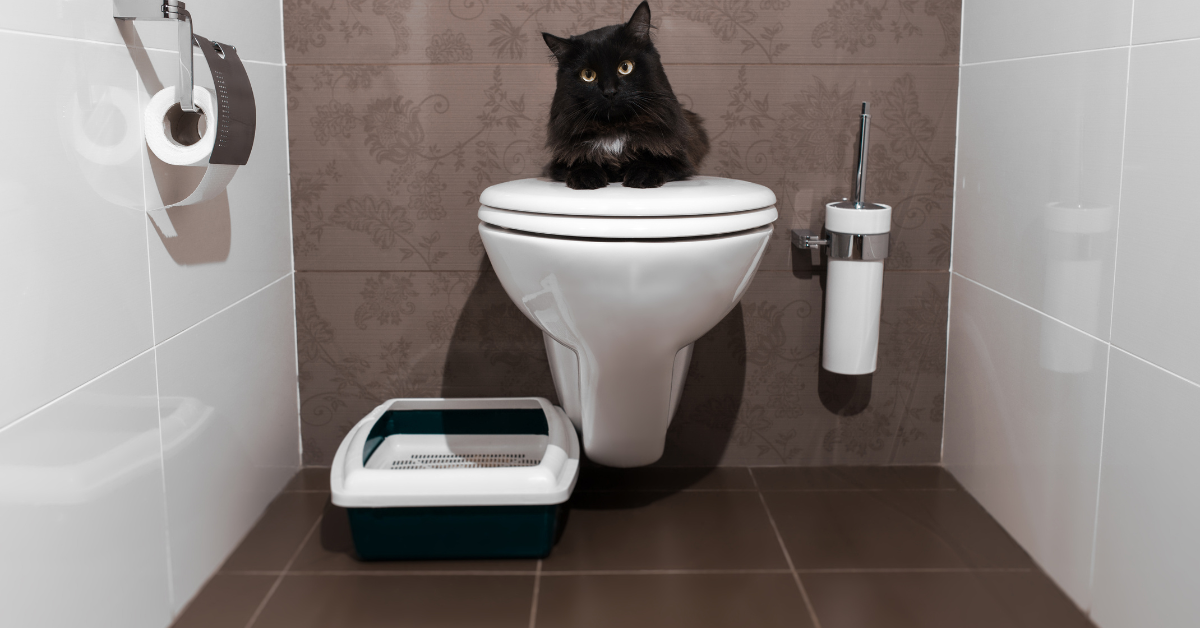Our Value of Not Flushing Animal Waste Down the Toilet
Our Value of Not Flushing Animal Waste Down the Toilet
Blog Article
The article directly below on the subject of 10 Things You Should Never Flush Down The Toilet is definitely attention-grabbing. Don't overlook it.

When it pertains to throwing away waste, especially animal waste, lots of people frequently consider the practical option of flushing it down the bathroom. Nonetheless, this seemingly simple solution can have major repercussions for the setting and public health. In this short article, we'll check out why flushing pet waste down the commode is a bad idea and offer alternate techniques for appropriate disposal.
Intro
Appropriate garbage disposal is critical for keeping ecological sustainability and public health. While it might appear safe to purge animal waste down the bathroom, it can result in various issues, both for the environment and human health.
Threats of flushing pet waste
Environmental impact
Purging pet waste introduces hazardous microorganisms and virus right into waterways, which can negatively impact marine ecological communities. These microorganisms can contaminate water resources and damage marine life, interfering with delicate ecosystems.
Public health concerns
Animal waste contains harmful microorganisms such as E. coli and Salmonella, which can present major health threats to people. Flushing pet waste down the toilet can infect water materials, leading to the spread of diseases and infections.
Alternatives to flushing
As opposed to flushing pet waste down the bathroom, there are numerous alternate disposal approaches that are much more eco-friendly and hygienic.
Composting
Composting pet waste is an environmentally friendly means to get rid of it. By composting, raw material is broken down right into nutrient-rich soil, which can be utilized to fertilize gardens and plants.
Landfill disposal
Dealing with pet waste in a land fill is another option. While not as eco-friendly as composting, it is a more secure choice to flushing, as it protects against the contamination of water resources.
Animal waste disposal systems
There are specialized pet dog garbage disposal systems offered that safely and hygienically dispose of pet waste. These systems typically use enzymes to break down waste and remove odors.
Actions to appropriate pet waste disposal
To ensure proper disposal of pet waste, follow these actions:
Scooping and bagging waste
Consistently scoop and bag animal waste utilizing biodegradable bags. This stops waste from contaminating the atmosphere.
Using assigned waste containers
Dispose of bagged pet waste in designated waste bins, such as compost containers or land fill containers. Avoid flushing it down the toilet whatsoever expenses.
Cleaning up litter boxes and family pet locations on a regular basis
Regularly clean can and pet dog locations to stop the build-up of waste and germs. Usage pet-safe cleansing products to preserve hygiene.
Advantages of correct disposal methods
Embracing correct disposal approaches for pet waste offers a number of benefits:
Minimized environmental pollution
Correct disposal approaches lower the risk of environmental pollution, securing rivers and ecosystems from contamination
Minimized risk of water contamination.
By avoiding flushing animal waste down the commode, the threat of water contamination is significantly lowered, guarding public health.
Boosted cleanliness and hygiene
Proper disposal methods promote much better cleanliness and hygiene, creating a more secure atmosphere for both human beings and animals.
Final thought
To conclude, flushing pet waste down the commode is harmful to the setting and public health. By taking on alternative disposal approaches and adhering to correct waste administration techniques, we can minimize the adverse get more info influence of animal waste and contribute to a cleaner, healthier planet.
What To Do With Dog Poo – The Do's And Don'ts Of Disposing Of Faeces
Dog poo bins
Some councils provide dedicated dog waste bins in popular dog-walking areas that can take dog poo that has been bagged but you can legally dispose of dog waste in any public litter bin, as long as it is securely bagged. This also applies to your wheelie bin at home.
Do not flush
Water companies do not recommend flushing dog faeces down the toilet because certain parasites can survive the water processing treatment and are potentially harmful to humans. You should also never consider flushing dog poo that has been bagged down the toilet as the bags will not break down and instead create severe blockages in the sewage system.
In the woods
The Forestry Commission promotes a ‘stick and flick’ method for dealing with waste in the woods. This means finding a stick and using it to flick any poo from off the path so that it is out of the way of other walkers. You could also bury it as long as it is not in an area where there might be livestock.
Livestock
Parasites found in dog poo can be transmitted to livestock if they inadvertently eat infected faeces that has been left on grazing land. This could result in the death of sheep or abortion in cattle so you should always make sure you pick up your dog’s waste in fields where livestock could be present.

As a serious reader about , I figured sharing that chunk was beneficial. Do you know about someone else who is very much interested in the niche? Please feel free to promote it. We appreciate your readership.
Click Here Report this page